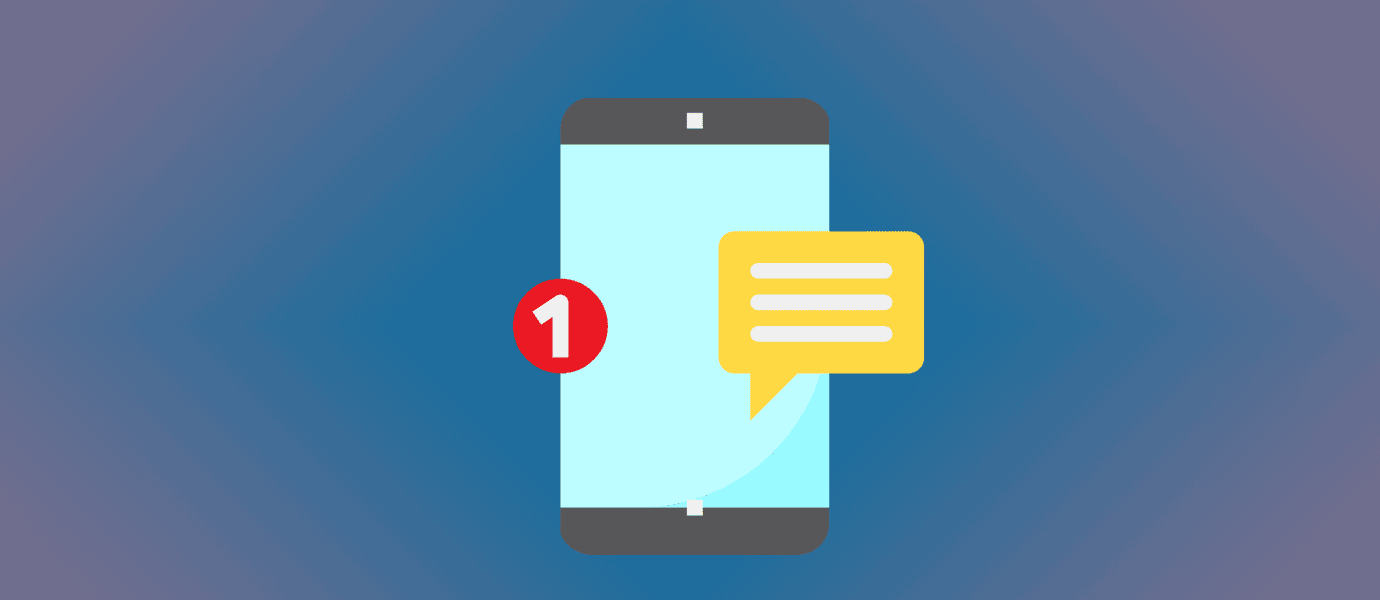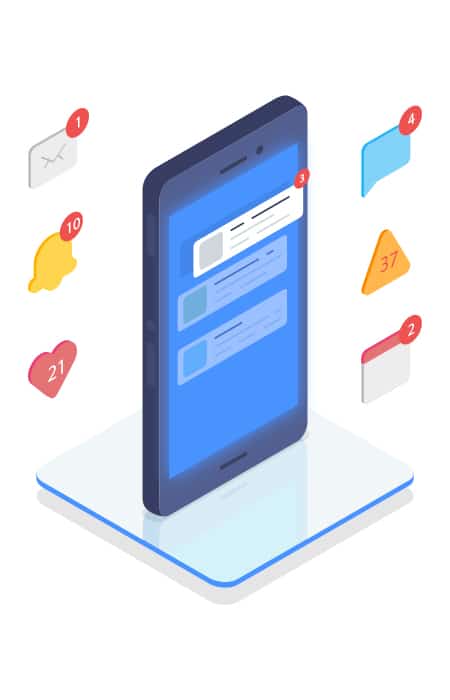Web push notifications are usually messages that inform users about updates from the sites they follow. These are far better than emails or Short Message Service (SMS) in keeping users updated regarding information on new content, promotional messages, or site version updates.
The notifications bridge the gap between the site owner and the user by triggering the interest of the user to stay on the site or revisit it afterward. The goal is to catch the attention of the user without being intrusive because personal information such as email addresses or contact details need not be collected.
IMAGE: PIXABAY
Who Uses Web Push Notifications?
Site owners involved in the e-commerce industry are the first ones who ventured into push notifications. It is through these notifications that their promotional messages such as deals, discounts, and free subscriptions are sent. Topping the list of users of push notifications are bloggers, who have their own sites and various social media accounts.
Web push notifications keep their followers updated on new content posted on their blog sites and social media accounts. The Software as a Service (SaaS) users also use the push notifications to inform other users of version updates and changes.
How are Web Push Notifications Formed?
Web push notifications are supported in a variety of browsers in different devices and it typically takes just a couple of seconds before these are broadcasted to several target users of different businesses and industries.
It is very much helpful in different industries, such as in eLearning for instance, because these push notifications provide information to the users about new toolkits available for the eBooks they purchased or accessed online.
There is various browser notifications guide for eLearning companies available online, which tackles how web push notifications are designed, specifically for the eLearning industry. It cites the advantages of push notifications and tackles the tips and best practices in forming these notifications. But to sum it up, there are just three basic steps in creating a web push notification:
- Define your target audience according to your business niche.
- Select the different platforms, as well as devices that will receive your notifications.
- Choose your message types and format accordingly.
After completing the steps above, it is important to define the content of the message and to prepare the page where users will be directed once they click on the message. It is important to keep the content relevant, short, and concise. In the same manner, it is also necessary to direct users to a page that will entice their interest and curiosity through a visually engaging layout.
Sounds pretty simple, right? And this is the reason why more and more people opt to use web push notifications in sending updates or messages to their users. But the real deal is in optimizing these web push notifications to maximize its capabilities in converting the audience, to highly valued customers.
Web Push Notification Optimization
Site owners who use web push notifications target the best results. This is the reason why a strategy must be in place based on several metrics that can measure the success of the notifications. These metrics include:
- Click-Through Rate. This is the ratio between the number of clicks received and the number of users the notification was sent through. This metric indicates which of the notification messages caught the attention of the user and eventually clicked by the audience. In this way, the site user will have the ability to tailor fit the content of the notification accordingly, either with more banner images, or larger fonts.
- Opt-in Rate. This is the ratio between the number of people who subscribed to the website and the number of people who merely visited and took a look through the site. This metric indicates the specific pages where the web site visitor is more likely to subscribe. Hence, popping up the opt-in request is critical because only two instances may happen: either the user will click on the push notification in the form of an opt-in request and subscribe completely, or ignore the opt-in request and totally block the site from sending in more notifications. With the data behind this metric, the site owner will be able to identify the pages in the site, as well as the perfect timing in popping up the opt-in requests to generate a higher opt-in rate.
- Frequency and Timing. The number of times that the push notification is sent and when these are sent are of equal significance. To optimize the capability of the push notification, it is important to rouse the interests of the users by determining how many times the notification is sent. It can be daily if it is a news site with daily breaking news, or bi-weekly if the site involves a journal or a planner. It is also important to align the time that the push notifications are sent because the target audience of the business may be in different time zones wherein sending the notifications when users are generally asleep, will be deemed ineffective.
It is also important to personalize the message content of the notifications according to the target audience. Audience research can be conducted prior to crafting the messages to ensure that these messages are appropriate and relevant.
In line with audience research, it is also important to filter out the audience of the notifications according to the niche of the business and this will pave the way for more personal messages. Personalizing the messages will also make the user feel unique and entitled, instead of merely being part of a customer list. In this case, they will feel more engaged to respond.
In conclusion, apart from the metrics indicated above, it is recommended to boost the push notifications with another channel to fully engage them on the site. This is known as the multi-channel approach. Emails, for instance, can help a user who already decided to block the push notifications completely, to give the site a second chance and receive updates from it once again.
There are even various platforms that allow the synchronization of push notifications with emails. An SMS can also do the trick in making the user reconsider. Nonetheless, these other channels will only boost and optimize the push notifications further.
If you are interested in even more technology-related articles and information from us here at Bit Rebels, then we have a lot to choose from.


COMMENTS